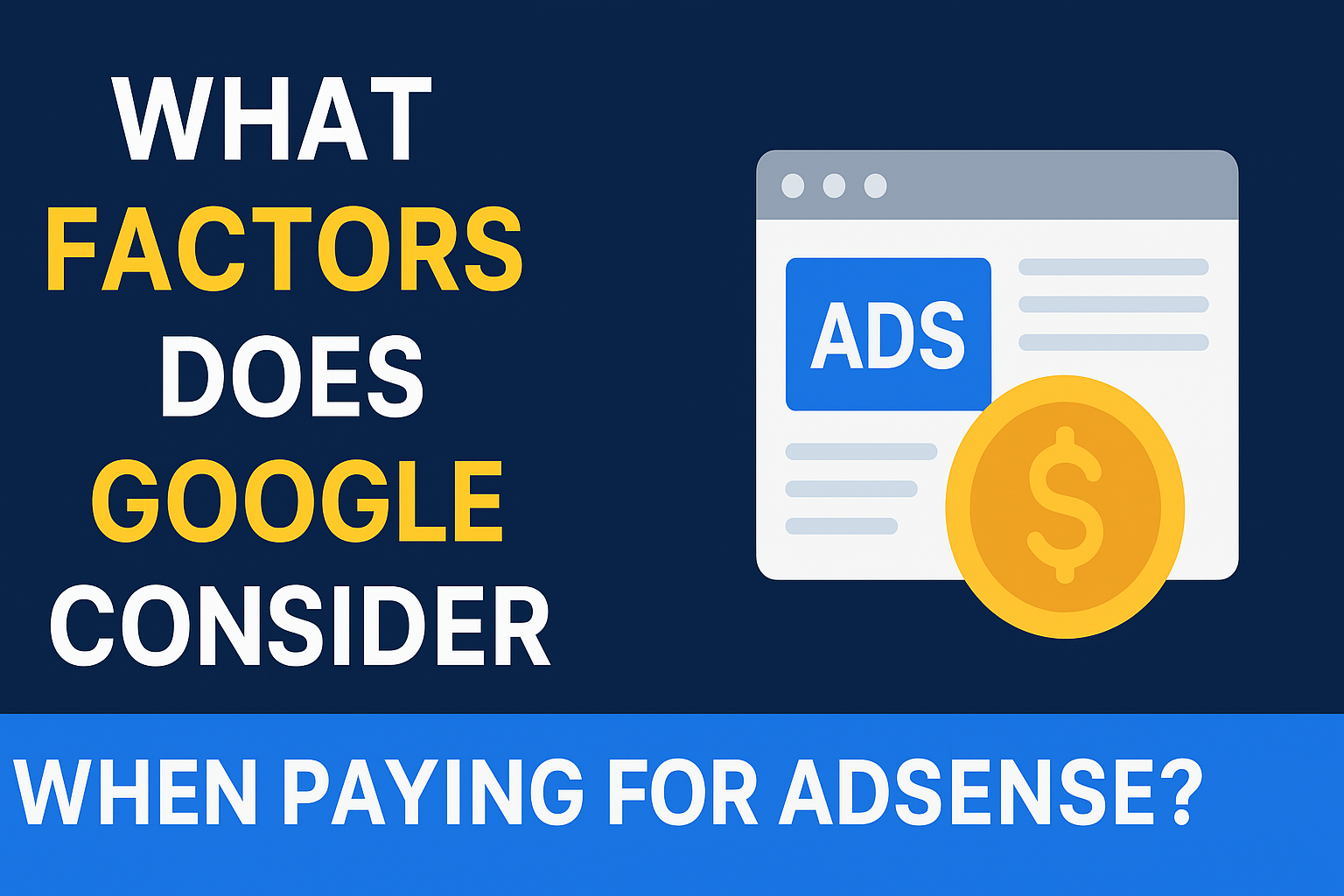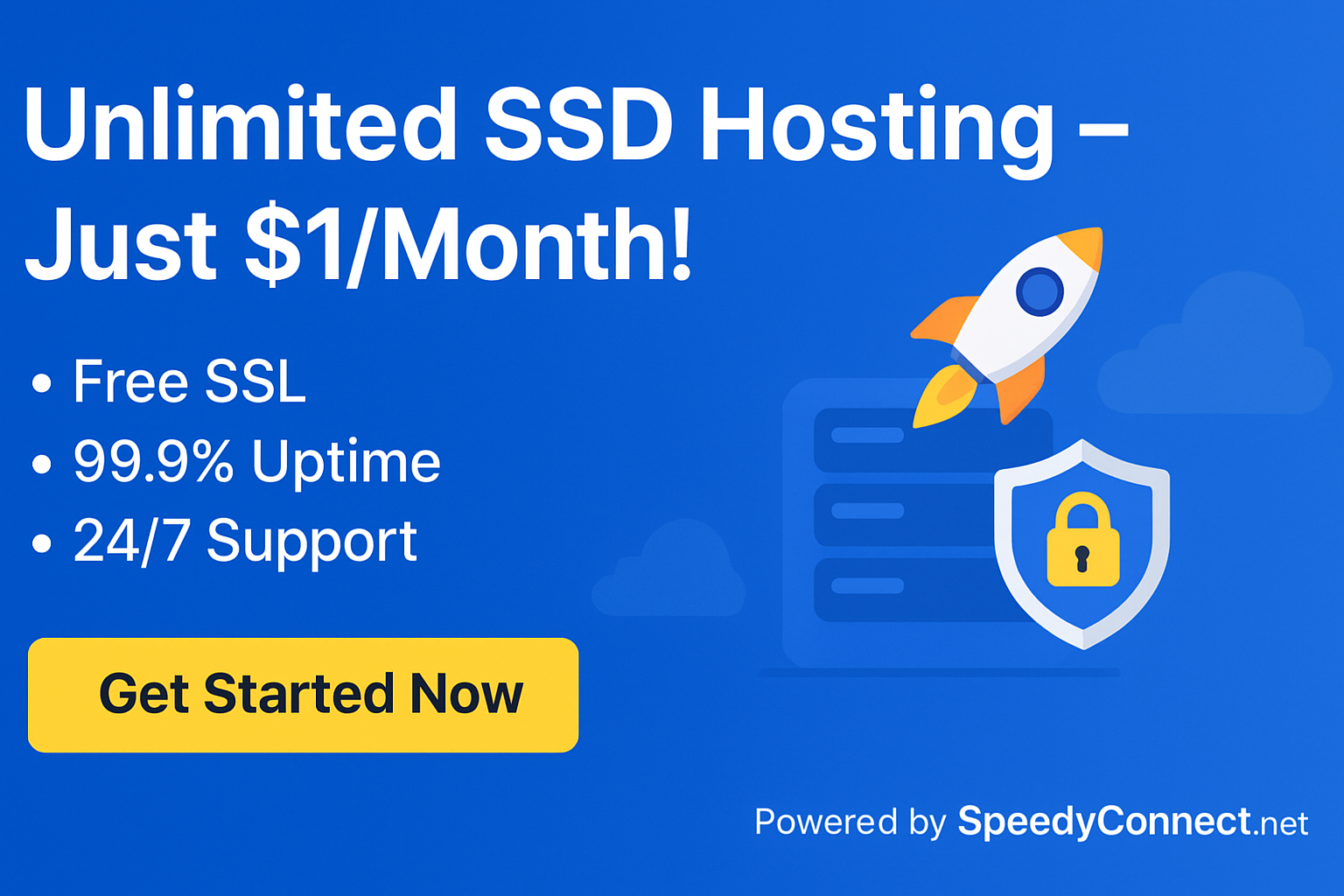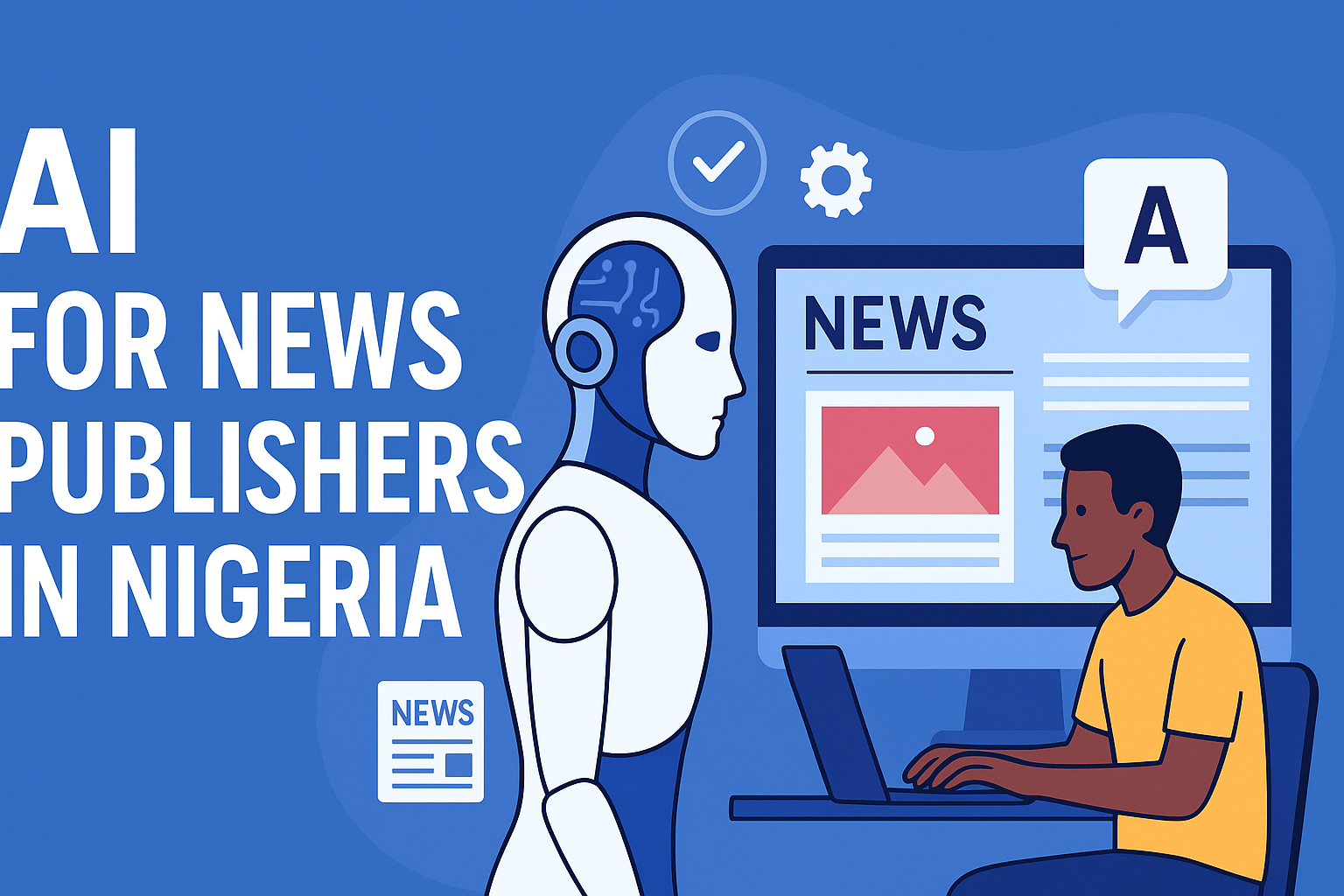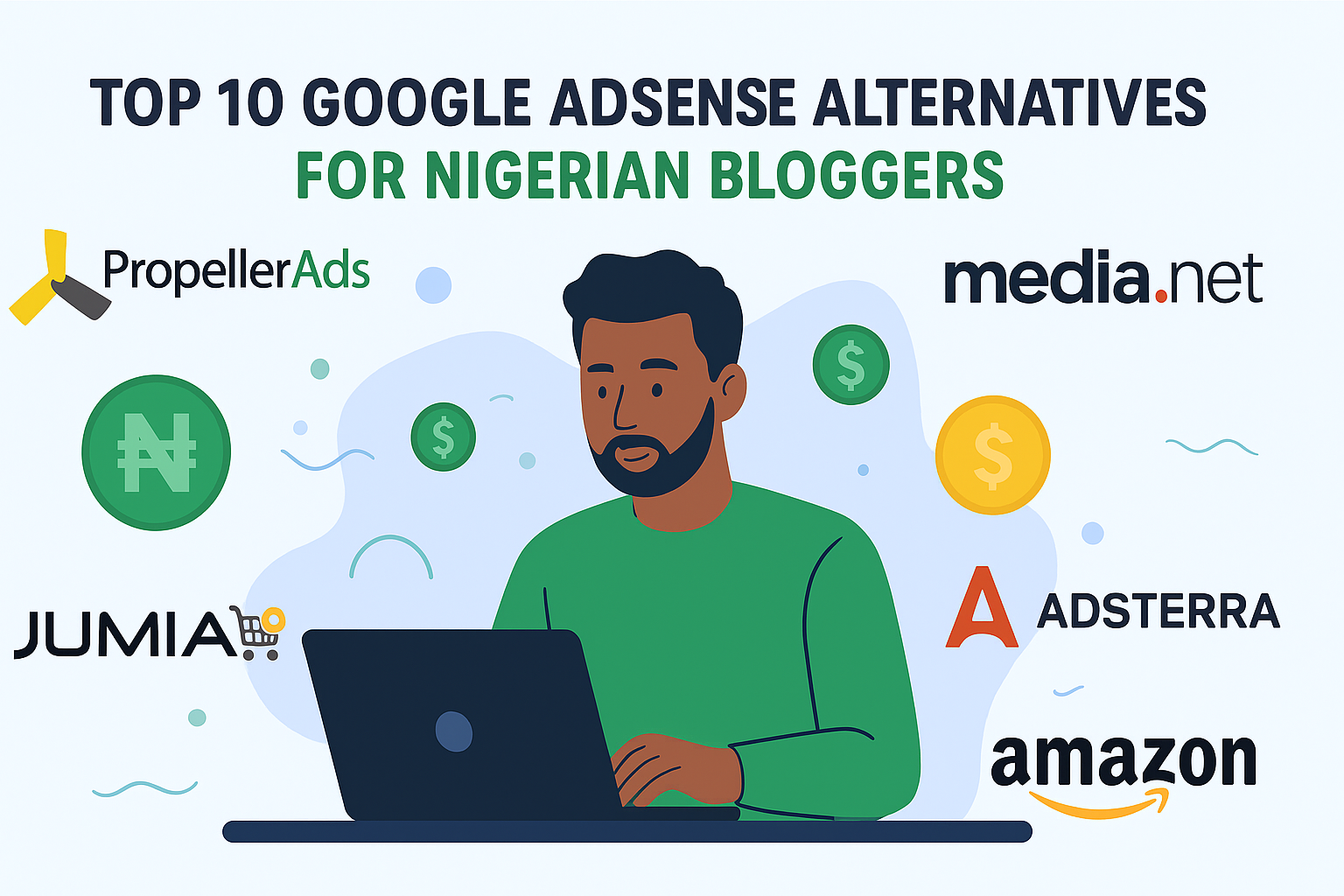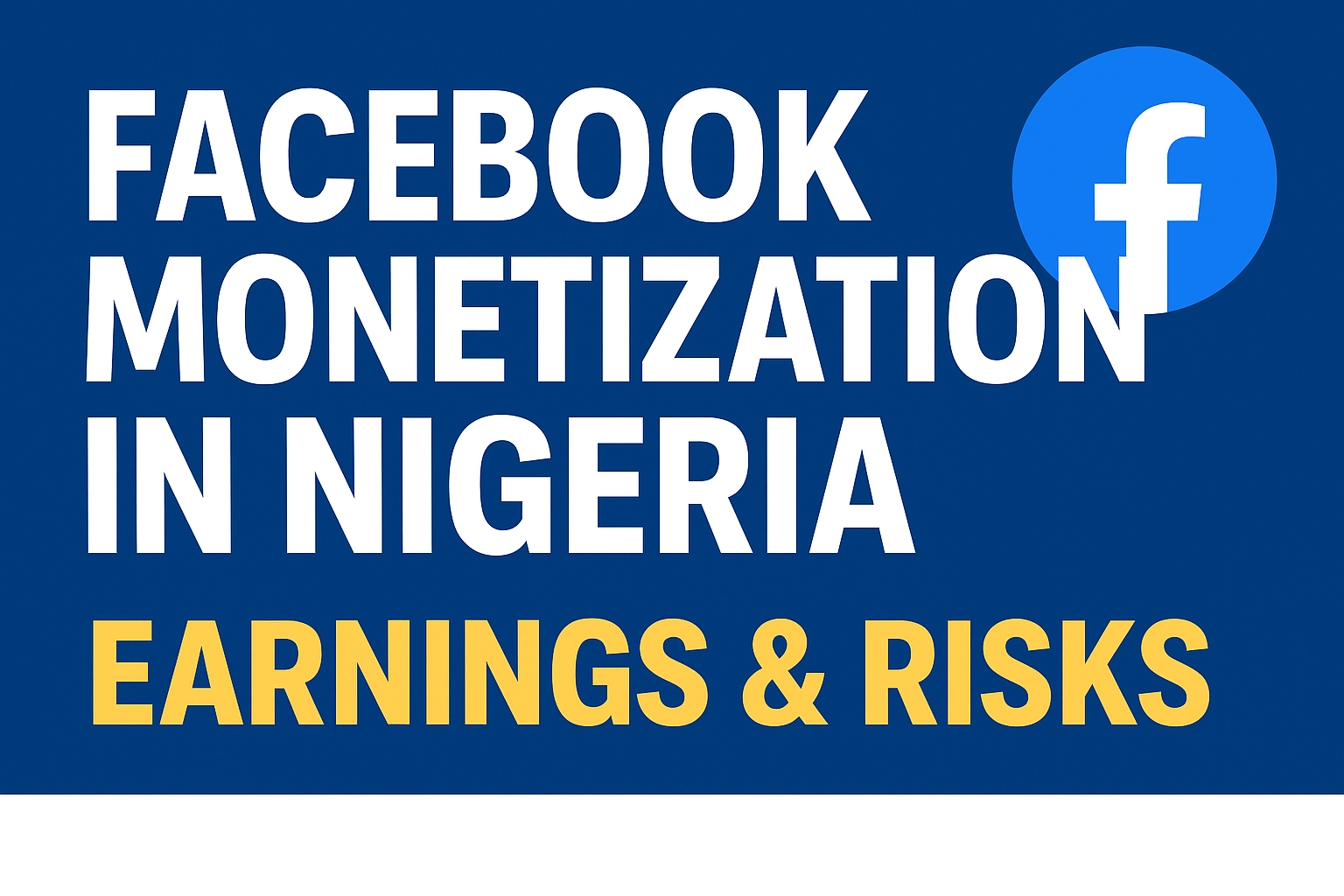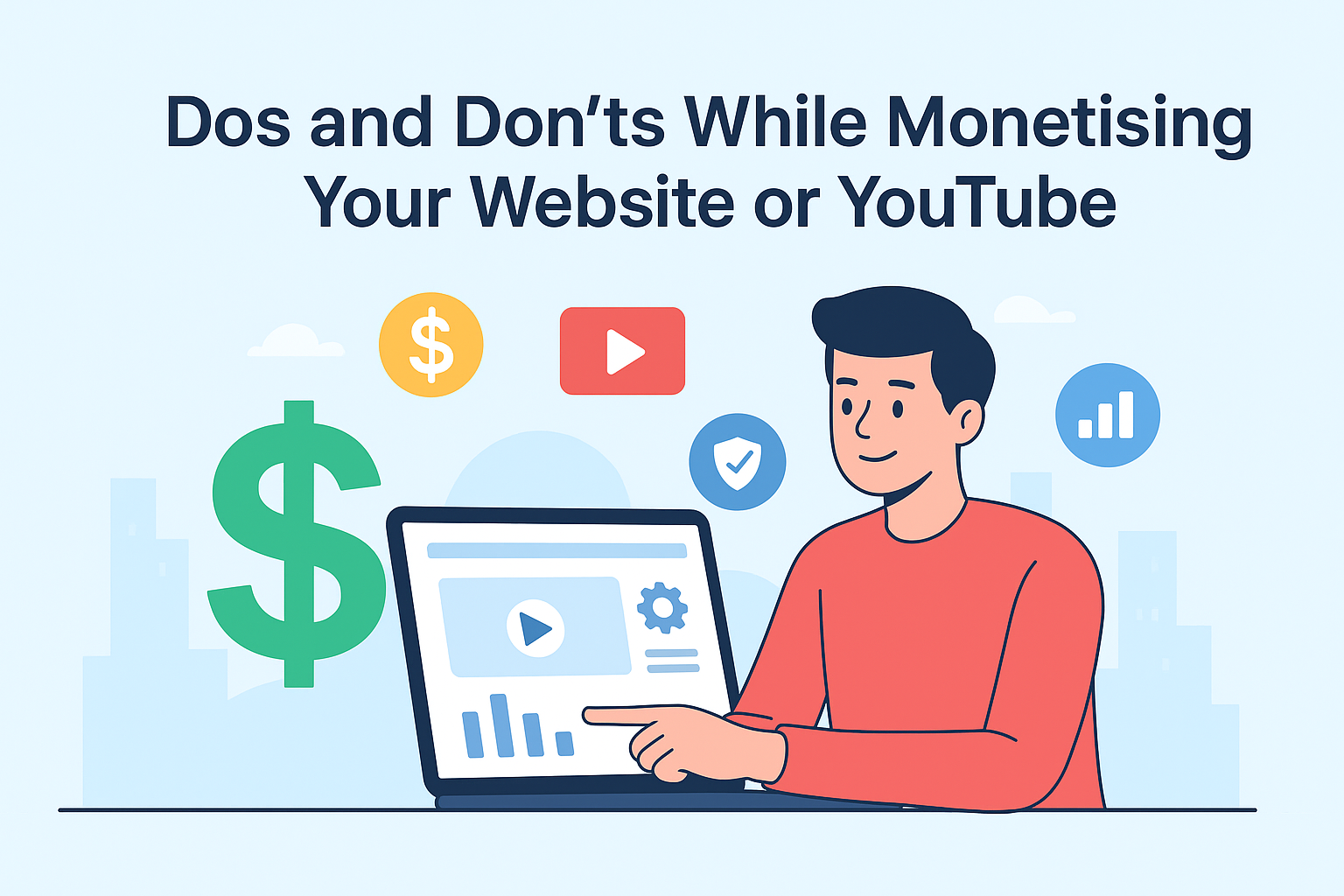What Factors Does Google Consider When Paying for AdSense? (2025 Guide for Publishers)
Introduction
Google AdSense remains one of the most popular monetisation methods for bloggers, news publishers, and digital entrepreneurs in Nigeria and worldwide. While signing up is straightforward, understanding how Google calculates your payments can be tricky. Many publishers often ask: What factors does Google consider when paying for AdSense?
The truth is, Google doesn’t pay publishers a flat rate. Instead, earnings depend on multiple variables, including your niche, traffic sources, user location, ad format, and even how well your content aligns with advertiser demand.
This article breaks down the top factors that influence Google AdSense payments in 2025, giving you a clear roadmap to maximise your revenue.
1. Cost Per Click (CPC)
One of the biggest factors in your AdSense payment is CPC — the amount an advertiser is willing to pay when a user clicks their ad.
- Niches like finance, insurance, law, and health typically attract higher CPCs because advertisers in these sectors compete aggressively for clicks.
- In contrast, niches like entertainment, memes, or free downloads usually have lower CPCs.
Example: A finance blog in Nigeria may earn $1–$5 per click, while a general gossip blog may earn less than $0.10 per click.
How to Optimise: Focus on high-value niches or publish some content around trending but profitable keywords.
2. Click-Through Rate (CTR)
CTR refers to the percentage of visitors who click on ads compared to the total number of impressions.
- A higher CTR means more clicks and, ultimately, more earnings.
- CTR is influenced by ad placement, content relevance, and user experience.
Example: Ads placed within content often perform better than ads pushed to sidebars or footers.
How to Optimise: Place ads naturally within articles, use responsive ad units, and avoid “banner blindness.”
3. Traffic Source and Quality
Google values organic, high-quality traffic more than low-quality, paid, or bot traffic.
- Organic traffic (from Google search) usually converts better for advertisers, resulting in higher earnings.
- Direct or referral traffic from reputable sources is also valuable.
- Bot traffic or fake clicks can lead to account suspension.
How to Optimise: Focus on SEO, build authority in your niche, and avoid click-exchange schemes.
4. User Location (Geography)
AdSense payments vary greatly depending on where your visitors are from.
- Tier 1 countries like the USA, UK, Canada, and Australia usually generate higher CPC rates.
- Nigeria and other African countries typically have lower CPCs, but increasing digital adoption is raising ad demand.
Example: A click from a U.S. visitor may generate $2, while the same ad clicked by a Nigerian visitor may generate $0.05–$0.10.
How to Optimise: Create content that appeals to global audiences, not just local ones.
5. Ad Formats and Placement
Google offers multiple ad types, and each performs differently:
- Display Ads: Common but often low-paying.
- In-Article Ads: Better engagement and CTR.
- Anchor/Sticky Ads: Stay on screen while scrolling, improving visibility.
- Matched Content Ads: Personalised ads based on content.
Ads that blend well with the user experience (without being intrusive) generally yield higher earnings.
How to Optimise: Test different ad formats using Google’s Auto Ads and analyse performance in AdSense reports.
6. Content Relevance and Quality
Google prioritises ads that match your content. High-quality, well-written, and original content attracts better-targeted ads.
- SEO-optimised content helps Google understand your page and serve relevant ads.
- Thin content (e.g., copy-pasted or very short articles) may reduce CPC and CTR.
How to Optimise: Write long-form, keyword-rich, and useful articles that match user intent.
7. Advertiser Demand (Niche Competition)
Your earnings also depend on how competitive your niche is.
- Highly competitive niches (e.g., fintech, software, health) attract more advertisers bidding for space.
- Low-competition niches (e.g., local culture, random hobbies) may generate fewer ads and lower CPC.
How to Optimise: Research trending niches with high advertiser demand using tools like Google Keyword Planner or SEMRush.
8. Page Experience and Site Speed
Google values user experience, and sites that load fast, are mobile-friendly, and have clear navigation usually earn better.
- A slow-loading website may lead to fewer ad impressions.
- Sites with high bounce rates perform poorly in AdSense metrics.
How to Optimise: Use lightweight themes, compress images, and improve Core Web Vitals.
9. Ad Blockers and Viewability
With more Nigerians using ad blockers, many impressions never get seen. Google only pays for viewable impressions (ads that appear on screen for a minimum time).
How to Optimise: Encourage readers to whitelist your site or use native ads that are less intrusive.
10. Policy Compliance and Account Health
Finally, AdSense publishers must comply with Google Ad Policies. Violations (click fraud, adult content, copyright infringement) can lead to limited ads or permanent bans.
How to Optimise: Always follow Google’s guidelines, avoid misleading content, and keep your site clean.
Conclusion
Google doesn’t use a single formula to pay publishers — instead, AdSense payments are influenced by a combination of CPC, CTR, user location, traffic quality, and content relevance.
If you’re a Nigerian publisher, focus on:
✅ Writing high-quality content
✅ Targeting profitable niches
✅ Growing global traffic
✅ Testing ad placements and formats
✅ Maintaining compliance with Google’s rules
By optimising these factors, you can maximise your AdSense revenue in 2025 and beyond.
Want to boost your AdSense earnings?
At ENGRMKS & CO., we help bloggers, news sites, and digital publishers grow traffic and monetise effectively. Contact us today for expert guidance.


